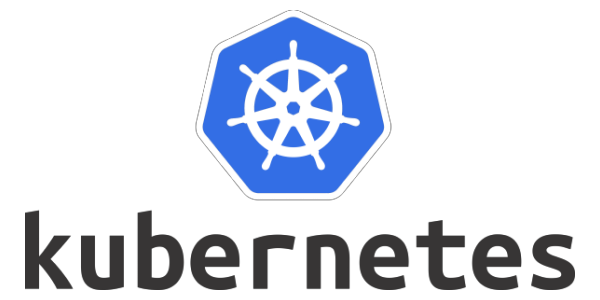Kubernetes for Beginners: What DevOps Teams Should Know

🌟 Introduction
Kubernetes, also known as K8s, is an open-source container orchestration platform that helps automate the deployment, scaling, and management of containerized applications. Originally developed by Google, Kubernetes is now maintained by the Cloud Native Computing Foundation (CNCF).
For DevOps teams, Kubernetes is a powerful tool that brings consistency, reliability, and scalability to modern applications.
🔍 What is Kubernetes?
Kubernetes is a system for managing containerized applications across multiple hosts. It abstracts away the underlying infrastructure and enables you to deploy and manage applications at scale with ease.
At its core, Kubernetes helps you:
- 🚀 Deploy applications
- 🔁 Scale applications up and down
- 💥 Recover from failures
- 🔄 Automate rollouts and rollbacks
🏗️ Key Components of Kubernetes
Understanding the core components is crucial for beginners:
- Pod: The smallest unit in Kubernetes, usually running one or more containers.
- Node: A worker machine in the Kubernetes cluster.
- Cluster: A set of nodes managed by a master.
- Deployment: Manages stateless applications and handles rollout and rollback.
- Service: Exposes your app to the outside world or other apps in the cluster.
- ConfigMap & Secret: For managing configuration data and sensitive info.
⚙️ Why DevOps Teams Should Use Kubernetes
1. 🧩 Container Orchestration
Kubernetes handles the heavy lifting of managing containers.
2. 📦 CI/CD Integration
Kubernetes works well with CI/CD pipelines, ensuring smooth deployment and testing.
3. 📈 Scalability & Load Balancing
Scale apps automatically based on demand.
4. 🔁 Self-Healing
Restarts failed containers, replaces and reschedules when nodes die.
5. 🔐 Security & Isolation
Namespaces and RBAC help segment workloads and manage permissions securely.
🚢 Deploying Apps on Kubernetes
A simple example workflow:
1. 📄 Define your app in a YAML manifest (deployment, service).
2. ⚙️ Apply the manifest using `kubectl apply -f app.yaml`.
3. 🔍 Monitor your deployment with `kubectl get pods` and `kubectl describe pod`.
Your app is now running inside a Kubernetes cluster!
🧠 Best Practices for Kubernetes
- ✅ Use health checks (`livenessProbe` and `readinessProbe`).
- 🔄 Implement rolling updates.
- 🧹 Clean up unused resources regularly.
- 🔐 Use Secrets for sensitive data, not environment variables.
- 📊 Monitor using Prometheus & Grafana.
📘 Learning Resources
- 📚 Kubernetes Official Docs: https://kubernetes.io/docs/
- 🎓 Katacoda Kubernetes Scenarios
- 💻 Hands-on Labs: Play with Kubernetes, Minikube
💡 Final Thoughts
Kubernetes is a cornerstone of modern DevOps practices. By learning Kubernetes, DevOps teams can deliver applications faster, more reliably, and at scale.
Start small, experiment, and grow your expertise. The power of Kubernetes awaits!